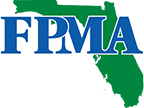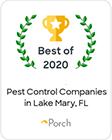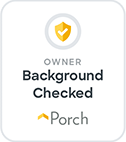
The Best Termite Control Solution For Your Orlando Property
Termites are mysterious pests that create more than a little fear for Orlando property owners. They hide inside structural timbers and don't prefer to come out where you can see them. So, when you detect termite activity, you're left to wonder how many termites are in your home and how much damage they've done. We're going to remove some of that mystery today. Let's look at how you can tell you have active termites, how they damage your Orlando home, and what attracts them to your property. Together, these tips can help prevent termites from having free access to damage your property. We'll also discuss the benefits of professional termite pest control in Orlando. If you need immediate assistance, navigate to our contact page. You don't have to read an article about termite control to get answers to your problems. Our technicians are always ready to help.
Signs Of Termite Activity To Watch For Around Your Home
It is possible to stumble upon signs of termites in your yard. You may pick up a dead branch and see tiny, pale-colored insects crawling on the bottom where the branch touched the soil. You may trim your landscaping and notice something is eating the wood of your home in this hidden and humid area. You might rake mulch up and find hundreds of winged termites underneath the mulch or you may see these flying termites around your yard.
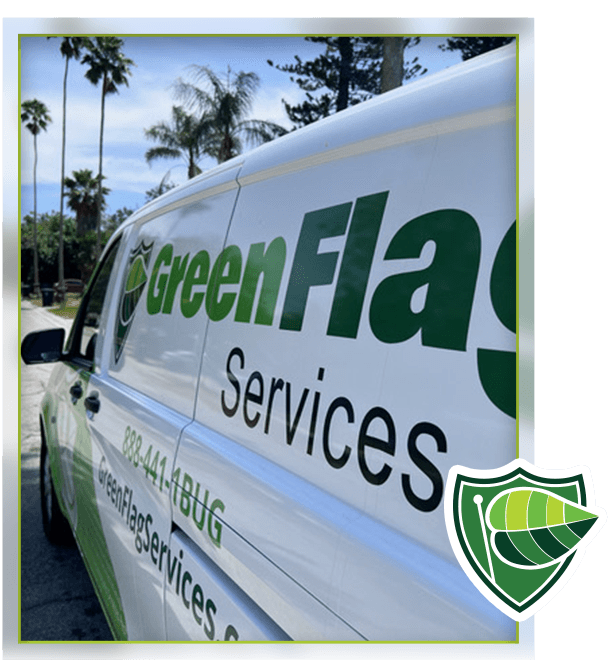

Why Choose Green Flag Services?
-
Locally Owned & OperatedWe are part of your community and take pride in caring for the residents and businesses of Central Florida.
-
126+ Years of Combined Industry Experience
Our seasoned professionals bring unparalleled expertise to every pest control solution.
-
Customer First MindsetWe stand behind our work. If you're unsatisfied for any reason or have an issue with pests again, give us a call and we'll make it right!
-
Fully Trained & Certified TeamWe are members of the National Pest Management Association and Florida Pest Management Association with over 55 years of industry experience.
-
Pest Control SolutionsThe green in "Green Flag" is to assure our customers that we only use environmentally-safe products for the safety of your family and pets.
-
Satisfaction GuaranteedYour satisfaction matters to us, which is why we offer a money-back and a reservice guarantee.
Factors That Attract Termites And How To Remove Them
Termites aren't equally attracted to every property. Some factors make some properties more interesting than others. It is best to remove these, whether you have professional termite control products installed around your property or not.
- Remove termite food. Wood sources resting on the soil provide an easy food source for termites. Termites can access food sources like this without revealing themselves. Once inside, they'll start bringing lots of food back to their nest. In response to plentiful food, the queen will produce more workers, and workers may develop into reproductives and create a satellite nest near the food. Keep all wood up off the ground. For example, put dead branches in a plastic or rubber bin, create an elevated platform for campfire wood, and stack objects on plastic pallets in the backyard rather than wood pallets.
- Address wood-to-soil contact on structures. Do you have a deck that has wooden posts that go deep into the ground? Consider putting those posts on concrete so you can see shelter tubes created by subterranean termites. Do you have a wood fence? Consider getting a vinyl fence. Many vinyl products look like real wood but are not food for termites.
- Address moisture. Moisture problems can lead to wood rot, which attracts termites. Damp soil is also an attractant. Subterranean termites are drawn to damp soil because it helps them stay hydrated.
- Seal entry points. Drywood termites get into your home through aerial openings. Use a caulking gun to seal these entry points and keep drywood termites out.
Termites in Orlando can sneak into your yard and start damaging your property right under your nose. While these tips are helpful, they will not give you complete protection. How do you get total termite control?
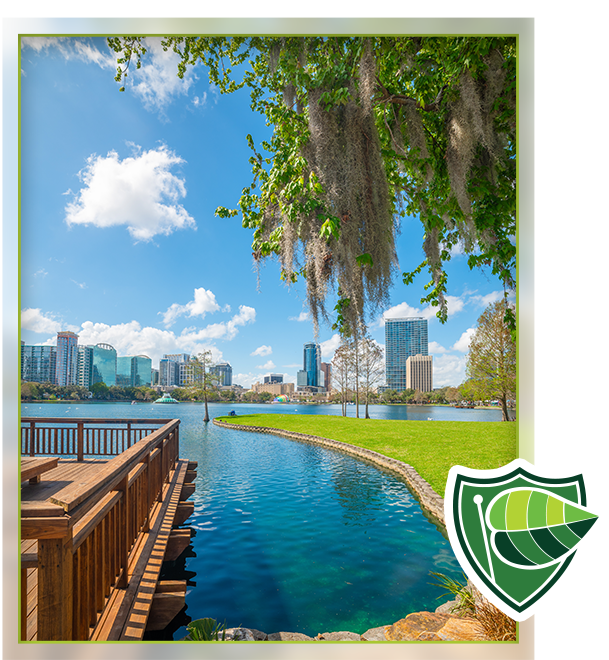
Contact The Pros For Total Termite Control For Your Home
Termite control is hard work, and it is possible to install termite control products incorrectly. If you do this, all your hard work will be for nothing. While you can certainly do it yourself, it is best to hire a trained pest control professional. Long before you find signs of termites in your home, Green Flag Services can help you keep termites from damaging your Orlando property. Our technicians have the training and experience to apply products around your home without causing damage to your property and they do it in a way that is sure to provide a complete barrier. The products we use are professional-grade and use termite workers against their own colonies, which leads to colony elimination. No more termite colony means no more threat.


Hear From Our Happy Customers
At Green Flag Services, your satisfaction is our priority! See for yourself what our customers have to say about working with us.
-
"Would recommend to my family and friends."Great service, Jeff came out and treated my spider issue. Fast, efficient, and affordable.- Zach B.
-
"Very happy with this company"Caleb is the tech and he is friendly and explains things and roaches have gone somewhere else to live which is fine with me!- Robyn S.
-
"Definitely recommend this company!"Communication was excellent from when they arrived to sending us the invoice. They did a great job letting us know exactly what was being done and when.- Bonni K.
-
"Couldn’t Be Happier"I've had Green Flag now for nine months. I've dealt with four people, one in the office and three technicians. Every one of them has been great! I couldn't recommend a better company to use.- Scott Z.
-
"These guys are the best!!"Geffry has been an absolutely pleasure to work with. I finally called Green Flag, and after a couple of treatments, those stubborn ants are finally gone!! I so appreciate the follow ups and the desire/patience to solve the problem. I will use them for all- Bethany D.
-
"AAA+++"Green Flag is the best company and has the best employees for pest control Not one bug since they started and we live in woods! I've recommended them many times and will continue to do so. The technicians are great people and we love seeing them! the mater- Donna S.
-
"Wonderful People"My call was promptly returned and service was scheduled. Good communication with service professional who arrived as scheduled. Very polite, professional service. Let’s see if any bugs feel the same way!- Stephanie P.
-
"Made Everything Easy for Me"Dusty was very nice and professional. He did a great job sealing the openings and setting the traps.- Gilbert S.


